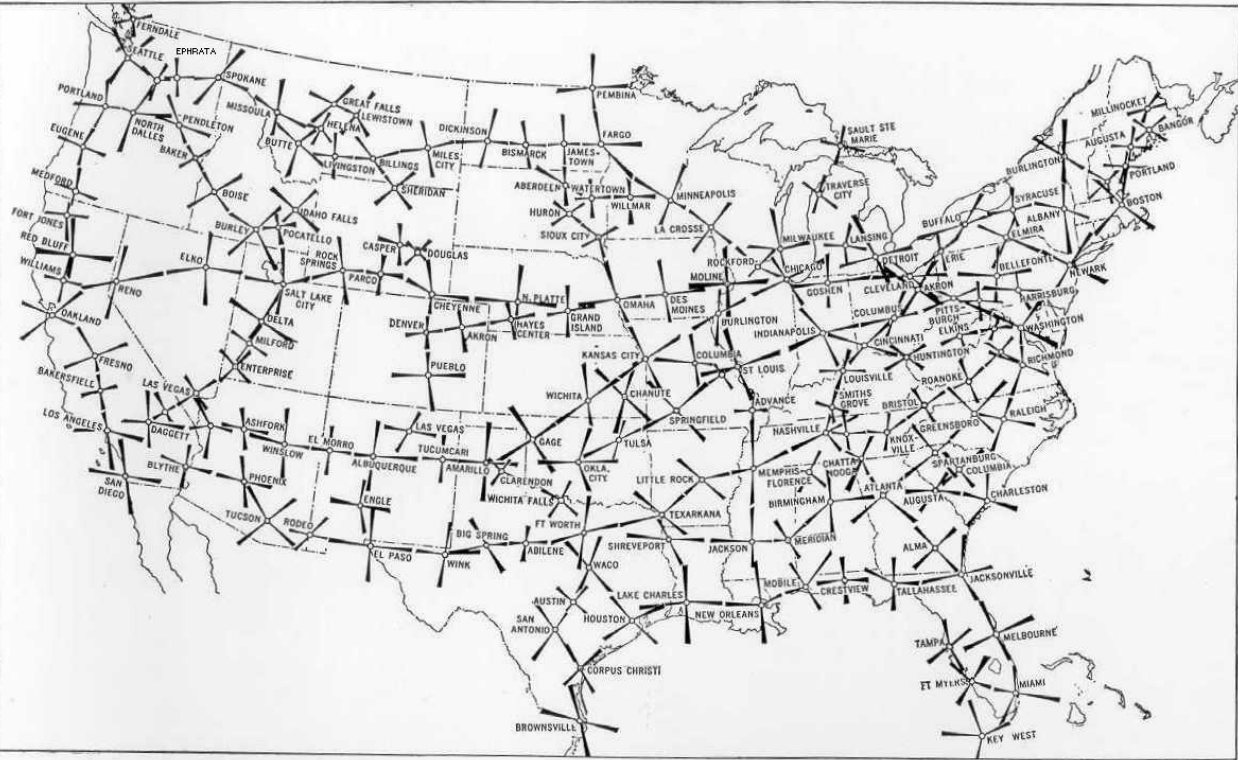Leafing through a copy of the Locomotive Firemen’s Magazine (published 1876-1907) at a used bookstore, I was struck by the high quality of the writing. I didn’t buy the magazine, but there are copies online and I recently downloaded the collection from 1884 and have been reading through some of the contents.
A locomotive fireman is quite different from a regular fireman–he doesn’t put out fires, rather, he starts them and keeps them going. These are the guys who shoveled the coal into the boiler furnaces, working on a swaying platform in a cab that was definitely not climate-controlled. The job required more brainwork than one might think but still, this was not one of the more intellectual jobs on the railroad. I doubt if there were many if any college graduates among the readership of this magazine, I’d guess that no more than half had gone all the way through high school.
So what kind of reading material was designed for them?
There are a lot of short stories, some of them centered around railroading but many on other topics entirely. Ichabod Turner’s Mission is about a mentally-disturbed man who believes it is his mission to save the world..his life will intersect with that of a young railwayman who has been assigned to run a train–although he knows that he has had inadequate rest.
All in a Fashion is about a girl who marries “an enterprising young man” and later visits her hometown wearing a a very fashionable hat…which everyone wants to borrow and some try to imitate…eventually, she is accused of being the one doing the copying.
His Mistake is a gripping story about a train dispatcher, Bob Norcross, and his telegrapher, Miss Louise Dale. Attempting to keep traffic moving following various mishaps, Norcross writes an order to change the usual meeting place of two trains running in opposite directions. He has finished writing the order but not yet signed it when he hears a whistle and, picking up what he thinks is the order he has just written…but is actually another loose message slip lying nearby… and walks out onto the platform.
Miss Dale turns from her instrument and picks up the message, noticing that it has not been not signed but remembering that the dispatcher had twice spoken about changing the meeting point of the trains. “Bob is hurried and driven tonight,” she thought, “he forgot to sign it.” And then she remembered that the mail must be close up to Scotville..the intended new meeting point..already and that no time ought to be lost. She looks for Bob, but doesn’t see him–he is speaking with the superintendent, in the baggage room. What should she do? What does she do?
There are philosophical thoughts and historical notes on various subjects. Consistency is a meditation on the concept of equality…which the author sees as being violated by two privileged classes of people: lawyers and liquor sellers. Stands Alone, reprinted from the London Times, says about this country: “The history of the world has furnished no precedent for the condition of the United States…With the conscious power to carve its own destinies belonging to perfect national independence, it combines the Roman peace enjoyed privately and commercially by subject provinces of the ancient Roman empire. No country in the world has any interest in molesting it…Their happy fortune has left it for the time with no more difficult problem to settle than how to avoid accumulating so enormous reserve of public wealth as not to know what to do with its taxes.” (Well, we’ve solved that problem) There’s a transcript of a fiery speech given by Patrick Henry in response to British threats toward signers of the Declaration of Independence.
There are many stories about then-current events and projects, including the prospects for what became the Suez Canal…the potential for solar power, involving what we would now call the solar-thermal method…the potential for what became Trans-Siberian Railway…and progress on automatic couplers for railcars, the lack of which was responsible for a large number of deaths and serious injuries every year. There are a lot of pieces on scientific subjects, including the chemistry of life, such as photosynthesis. There’s a suggestion that ship collisions with icebergs could be prevented with a very sensitive thermometer that would sound an alarm if the temperature suddenly dropped (would this work?) and an article on ballooning which argues that it is pretty pointless.
There are a couple of articles about Kate Shelley, who, aged 15, had three years earlier saved a train from destruction by an incredible act of heroism. Her Iowa home overlooked the railroad tracks and a bridge over Honey Creek, and during a terrible storm, she observed that the bridge had gone down. She knew that the Omaha express was due from the west in a short time. The only way to save the train was to get a message to the station at which the express would stop briefly and to do this, she had to make her way across the high trestle bridge over the Des Moines river. The walkways on the bridge had been removed to discourage pedestrians, and the only way she could get across was by crawling from tie to tie, making her way by feel and by lightning flashes. (True story–more here)
